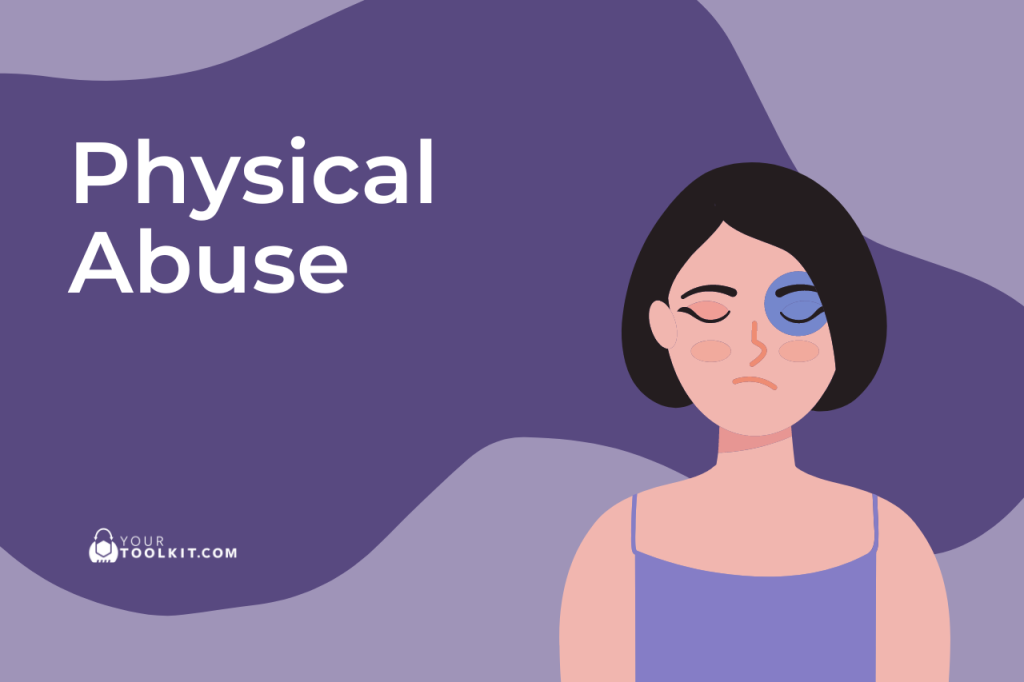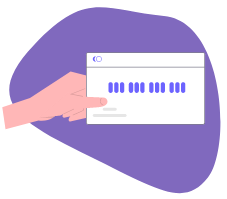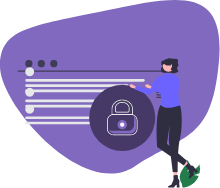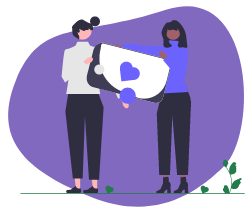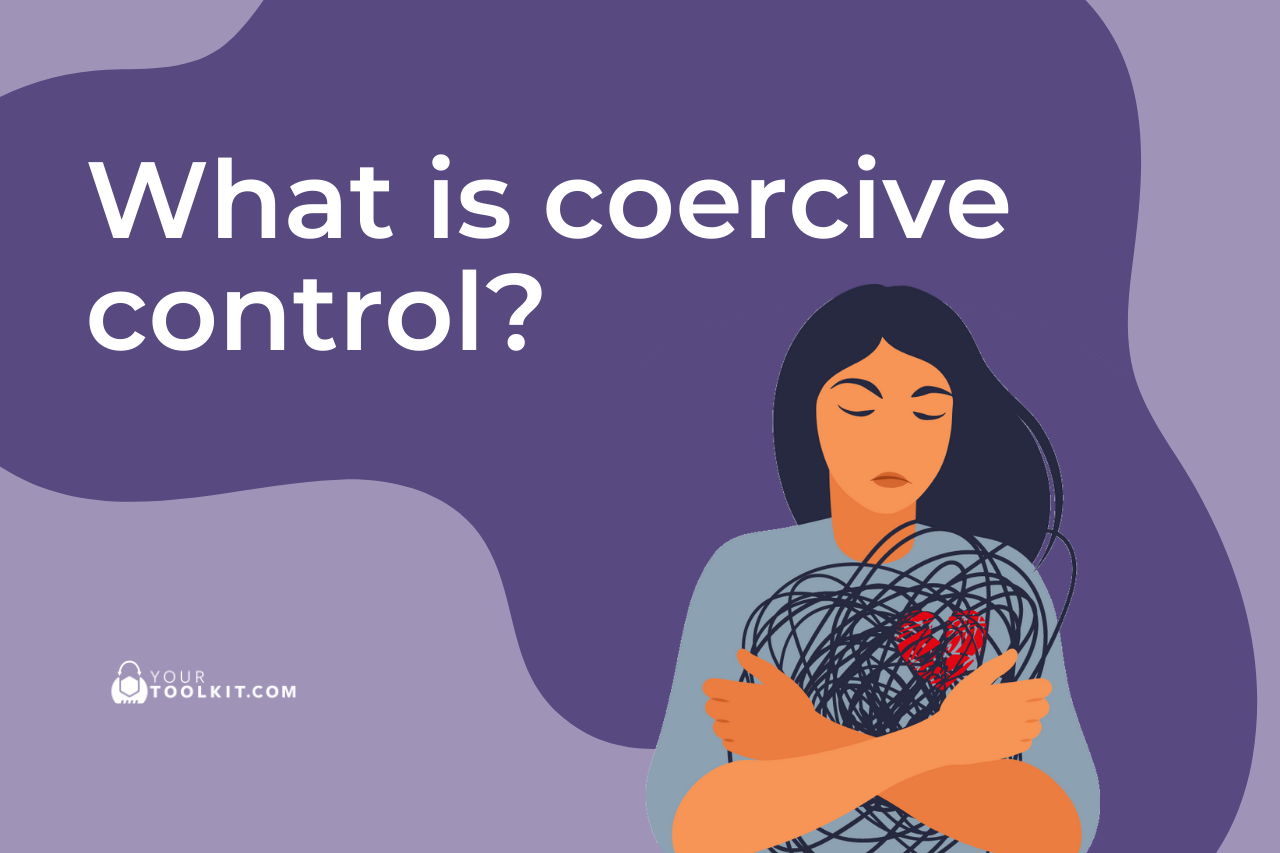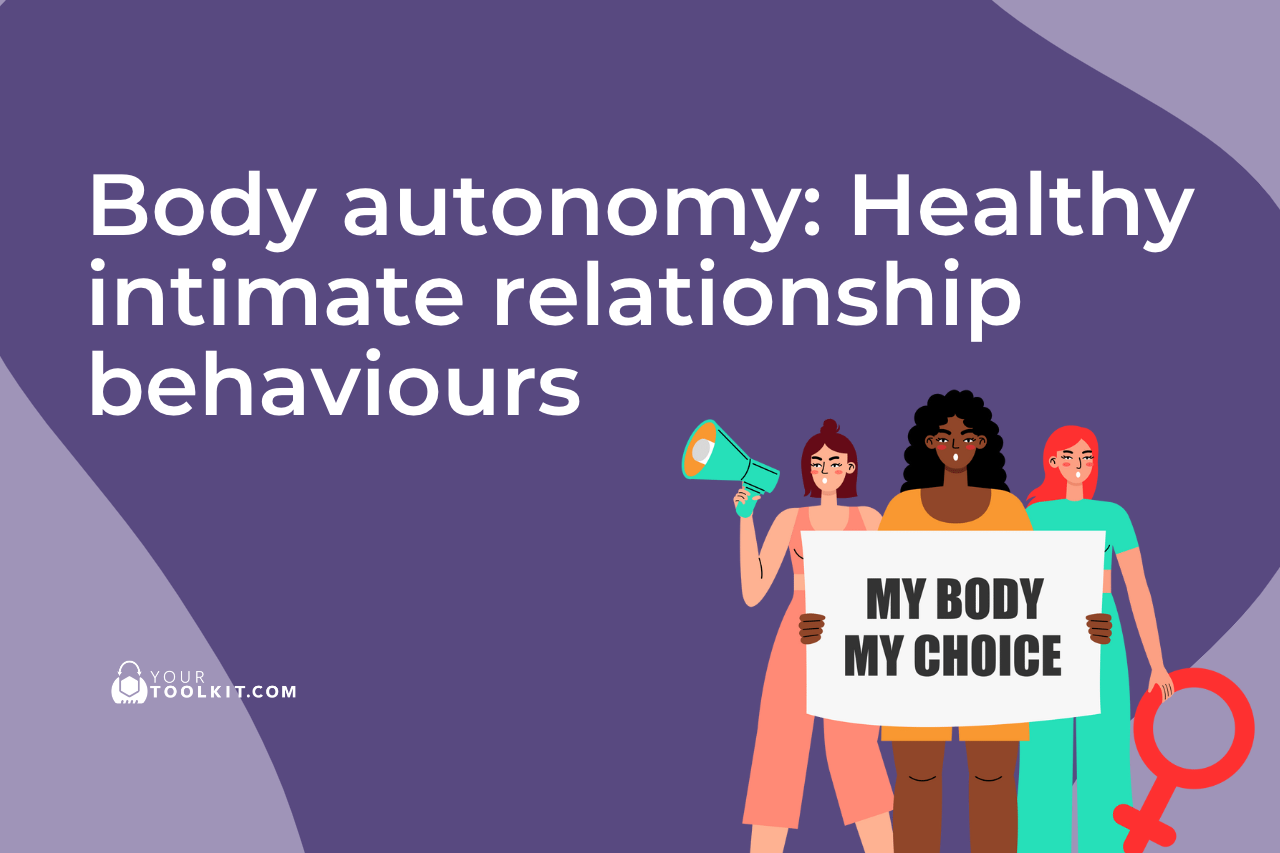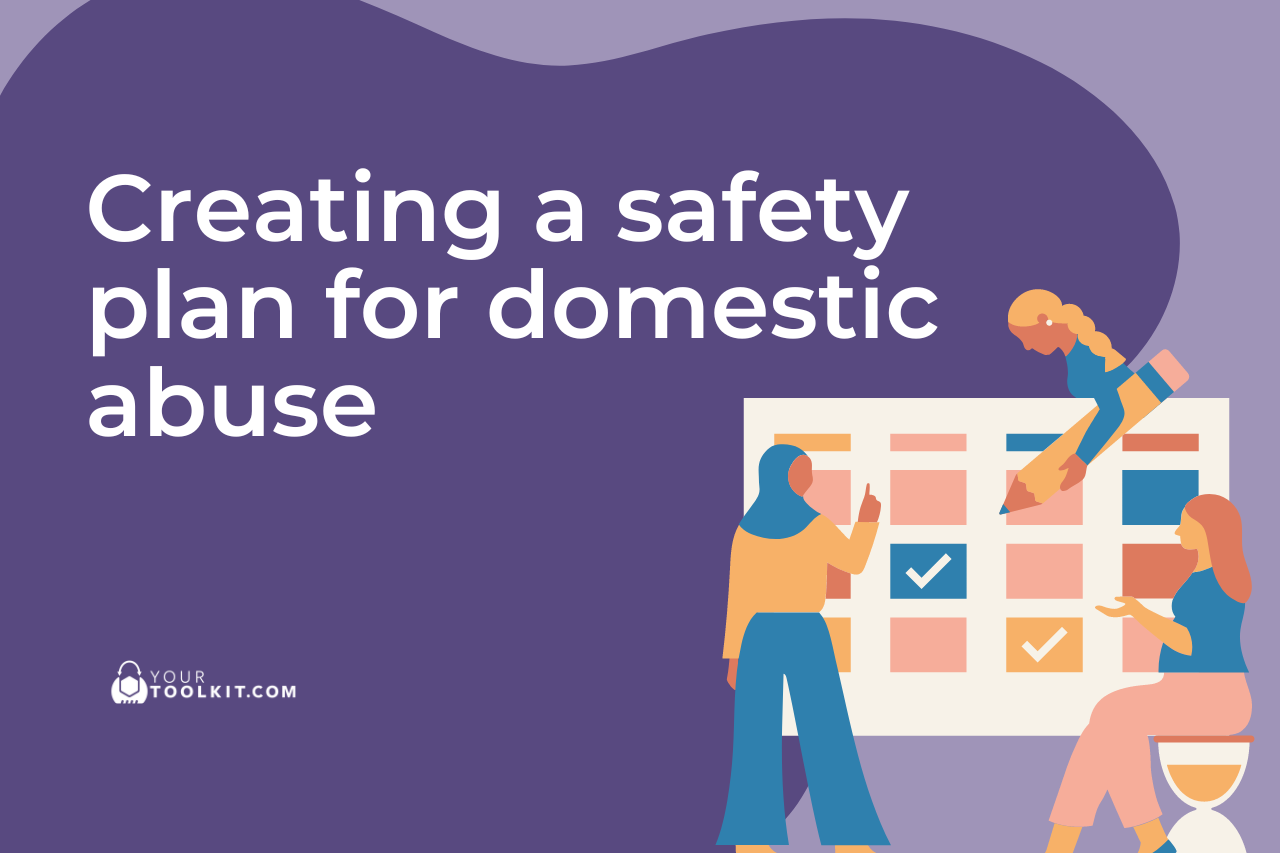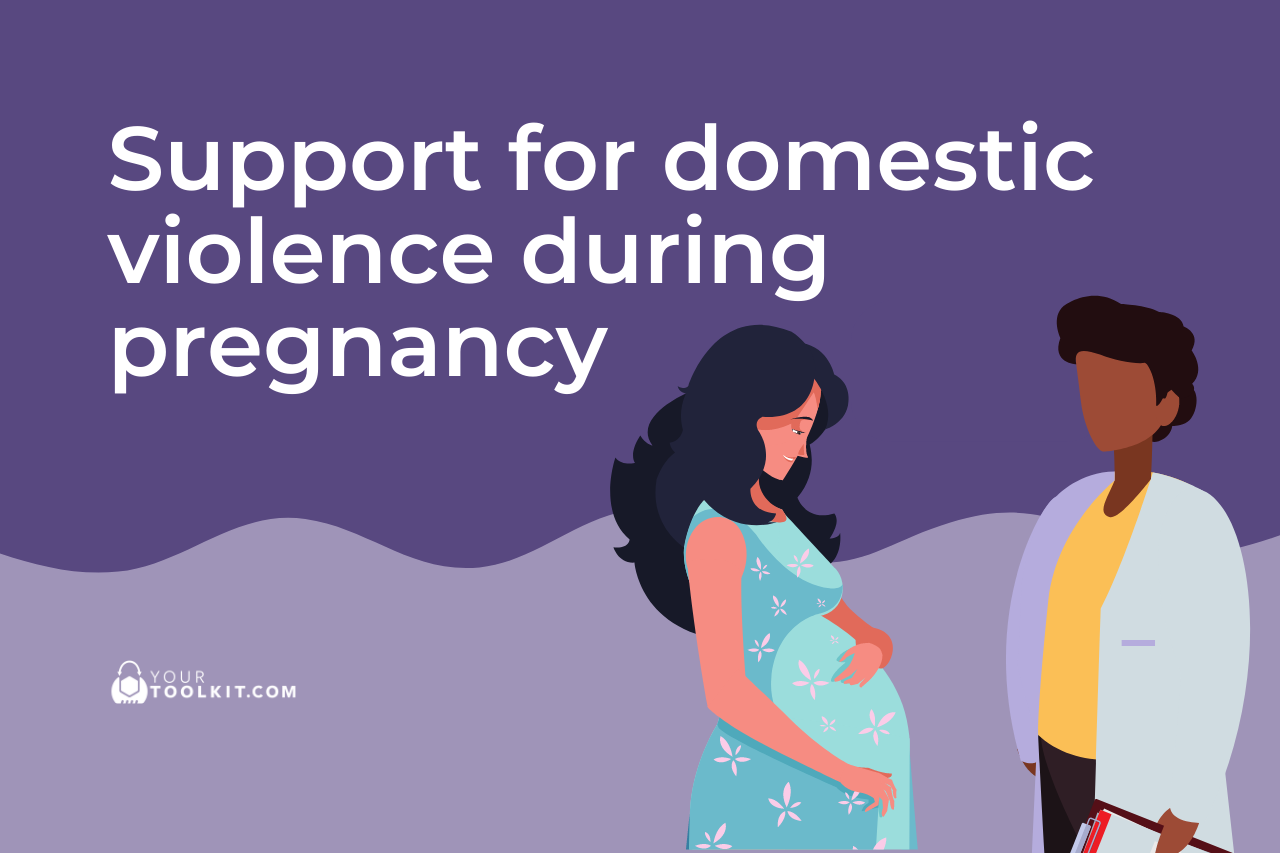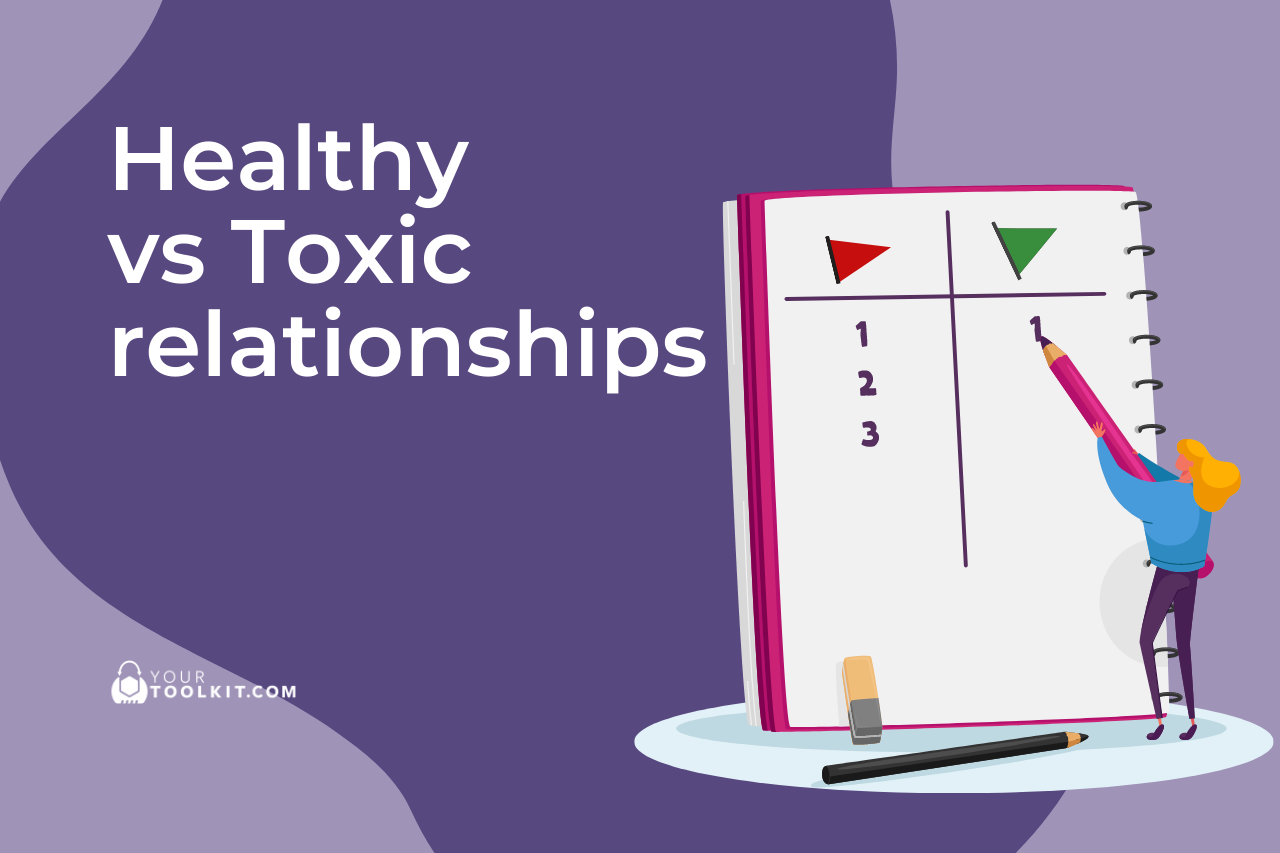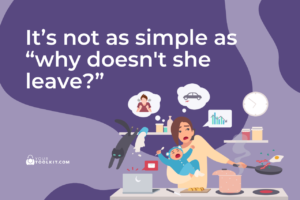Physical abuse is a form of coercive control and occurs when somebody uses physical force or aggression to harm another person. It is used to gain power or control over the victim survivor and often starts with shoving, slapping or pushing and gets worse over time.
Physical Abuse
Physical abuse is not always hitting or physical assault, and it might not cause immediate physical injury and pain such as bruises or scars. Physical abuse can include threatening or pretending to hit you, damaging your personal property, threatening or assaulting other people around you or maltreatment and neglect, such as starving you or depriving you of your physical needs. It is still abuse if it puts you in danger.
Non-fatal strangulation (choking or suffocation) is another dangerous and common form of physical abuse. It often shows no immediate injury until days or weeks later. In most Australian states, non-fatal strangulation is illegal.
Signs of Physical Abuse
- Concerns about your safety at home, even if no physical abuse occurs
- Unexplained and frequent bruises
- Fractured bones
- Bleeding
- Red marks around the neck
- Losing a pregnancy due to physical abuse
- Memory loss
- Sleepiness, dizziness
Harper is eight months pregnant and recently started maternity leave. Her partner Josh, who is unemployed, has become more agitated as her pregnancy progresses. Josh has started pushing and shoving Harper when she makes small mistakes with the cooking. Josh goes with Harper to all the pregnancy scans and insists on being in the room when she is talking to the doctor. Harper’s family are excited about the baby. They think she is acting differently because of the pregnancy. Harper does not know who to turn to and hasn’t told anyone about the physical abuse.
Physical Abuse
- Force feeding or denying you food
- Reckless driving, such as speeding, swerving or braking hard
- Hurting children or pets
- Throwing objects
- Choking, strangling or shaking
- ‘Honour-based’ violence including justifying abuse to protect or defend the perceived 'honour' of a family or community
- Inappropriate use of physical restraints for you or your children
- Preventing you from taking medicine that keeps you well, e.g. insulin
- Destroying or moving equipment that you need, e.g. wheelchair, walking cane
Find Support to Healthy Practices
Yourtoolkit.com offers a free step-by-step guide on personal safety, support services and money matters for people facing family and domestic violence. If you are experiencing physical abuse, you may find these website sections particularly helpful. Remember to call 000 if you or children are in immediate danger.
1. Prepare
2. Act Now

Crisis Care

Entry point WA

Women’s Domestic Violence Helpline
Resources
For further resources
and information:
For a deeper
understanding:
- The National Plan to End Violence Against Women and Children, 2022-2032
- Living with and healing from complex trauma
- Understanding the link between childhood abuse, alcohol and drug use and mental health
- Child maltreatment during the COVID-19 Pandemic - consequences of parental job loss on psychological and physical abuse towards children
Learn more about coercive control behaviours, complete our Coercive Control Self Assessment

